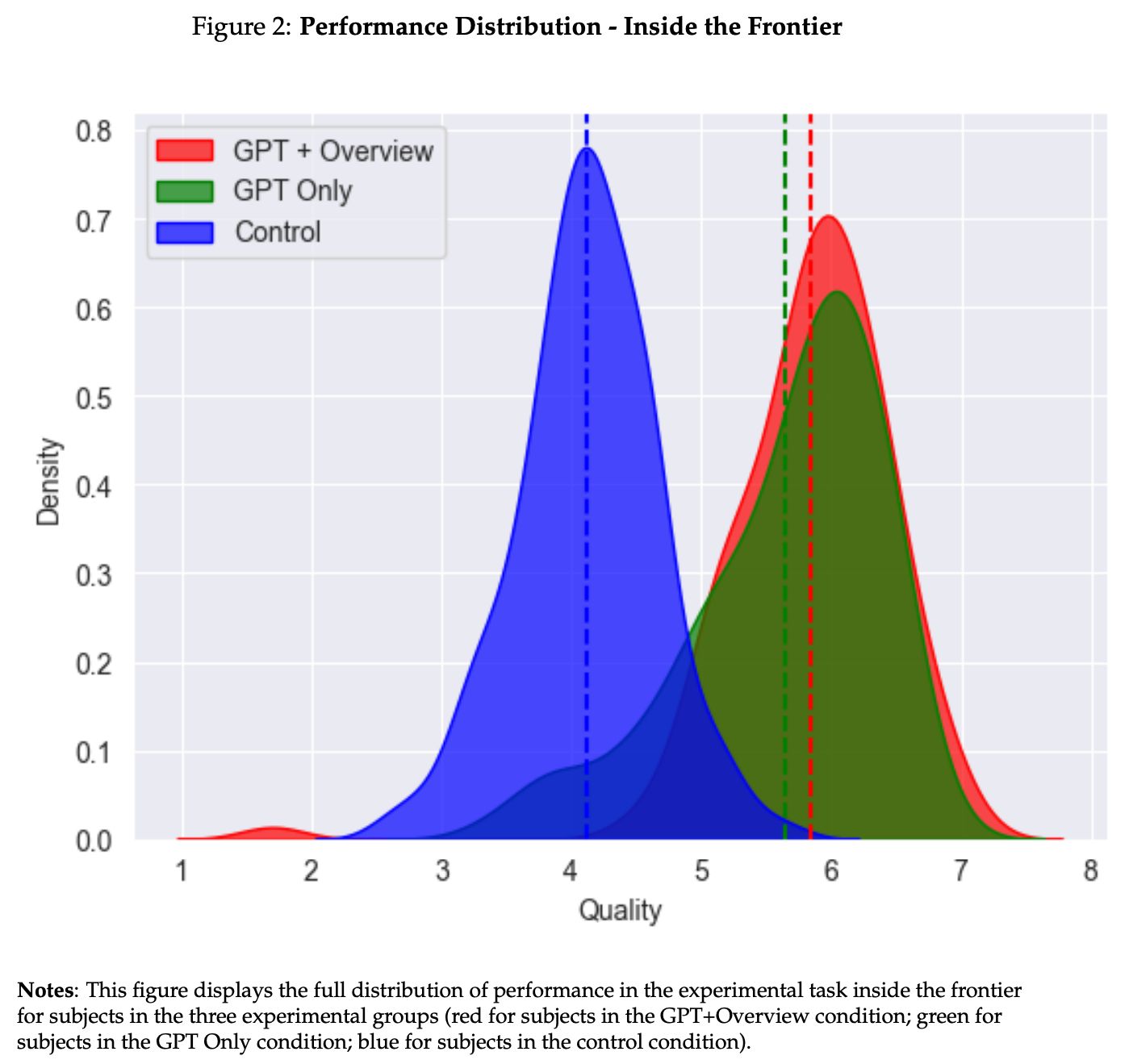Key points:
- What is generative AI?
- What does it mean for businesses?
- What should every CEO know about generative AI?
Today, I’d like to digress from my usual opening. I asked Bard (Google's experimental AI chat service) to write this article’s opening paragraph for me.
Here’s the reply:
Not perfect but still good! Just let me add a few things.
So, what is generative AI?
Generative ‘artificial’ ‘intelligence’ describes algorithms that can be used to create new content from vast amounts of data that they are trained in. It takes a few seconds to generate an essay, a computer code, an email, an Excel formula, a funny image and so on.
For example, ChatGPT can be used to generate personalized marketing materials or to write news articles. DALL-E can be used to create brand new pics and product designs or to produce visual effects for movies and TV shows.
Wanna see a Raphael painting of the Madonna and Child eating pizza? Sure, check out this masterpiece created by DALL-E below:
On the subject of chatbots, I suppose everyone has heard of ChatGPT. However, it’s only one of many. Here’s a list of noteworthy alternatives:
- Jasper
- Google Bard
- Socratic by Google
- (The new) Bing
- Perplexity AI
- YouChat
- Chatsonic by Writesonic
- HuggingChat
Same for Midjourney - the most popular image generation tool. Let me name a few other art generators:
- DALL-E
- Stable Diffusion
- Jasper Art
- Dream by Wombo
- Prompt Hunt
- NightCafe
- AutoDraw
- Designs.ai
- StarryAI
Let’s dive deeper! What does all this mean for businesses?
That’s to say, we’re at a massive inflection point for worker productivity.
Here’s one interesting experiment that was published last month:
For each one of a set of 18 realistic consulting tasks within the frontier of AI’s capabilities, the consultants using AI were significantly more productive:
-
they completed 12.2% more tasks on average
-
they completed tasks 25.1% faster
-
they produced results that were 40% higher in quality

Generative AI is still a relatively new technology but it has the potential to impact on our lives in a major way. As generative AI models become more powerful and versatile, we can expect to see even more innovative and groundbreaking applications in the years to come.
Here are some tips on how businesses can get started with generative AI:
- Identify your needs: what kind of content or tasks do you need help with? Generative AI can be used to create a wide variety of content and once you know what you need, you can start to identify generative AI models that are suited to your specific needs.
- Start small: don't try to do too much at once. Start by using generative AI for a single task or project. This will help you learn the basics of the technology & identify potential challenges.
- Get feedback: this will help you assess the quality of the content and to make any necessary adjustments.
- Be patient: generative AI is still a new technology and it is constantly evolving. It may take some time to find the right generative AI model for your needs and to learn how to use it effectively.
Many companies around the world are actively testing AI tools and we can already see the first batch of use cases from across various domains.
A few ideas every CEO should consider for automating & accelerating work and creating an early impact:
A good first step is to assemble a cross-functional team that includes data scientists, legal experts and functional business leads. This team can think through some basic questions about generative AI, such as:
-
What are the potential benefits and risks of using generative AI in our industry and/or business value chain?
-
What is our policy and posture towards generative AI? For example, are we waiting to see how the technology evolves, investing in pilots or are we looking to build a new business? Should our posture vary across the different areas of the business?
-
Given the limitations of current generative AI models, what criteria should we use for selecting use cases to target?
-
How can we build an effective ecosystem of partners, communities and platforms for generative AI?
-
What legal and community standards should generative AI models adhere to in order to maintain trust with our stakeholders?
Here are some additional tips for companies considering the use of generative AI:
- Start small and focus on a specific use case.
- Be transparent about how you are using generative AI and the potential risks involved.
- Get feedback from stakeholders early and often.
- Be prepared to adapt as the technology evolves.
To sum up, generative AI is a powerful technology with the potential to revolutionize many industries. However, business leaders should be cautious when adopting it as it raises a number of ethical and practical concerns. By carefully considering the potential benefits and risks, companies can position themselves to take advantage of this technology, both in the short and long term.


